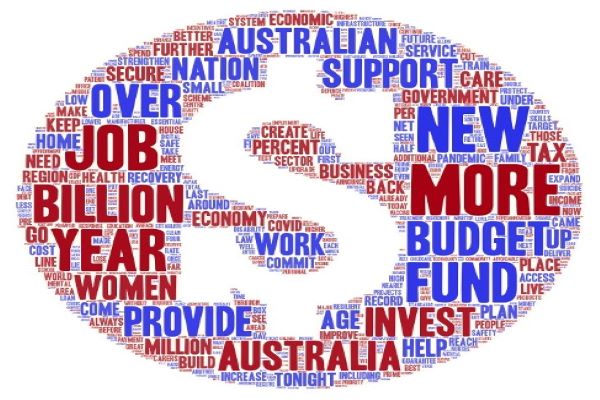Overview
It was only 217 days ago that Treasurer Josh Frydenberg handed down his second Federal Budget, five months after originally planned due to the COVID-19 pandemic. Rather than delivering the long promised surplus, the Government was now delivering an economic recovery plan, which continues into 2021 and 2022. In what looks like an ideological shift, the Government is no longer in the presence of enemies with regards to debt, deficit and big spending, having accepted these as companions required to fuel economic recovery and growth.

The word “unprecedented” became ubiquitous throughout the ongoing pandemic and it still applies in the context of the Federal Budget. What is unprecedented here is that debt and deficit are no longer dirty words (even while at unprecedented levels). Instead the focus has shifted to economic recovery and driving down unemployment as far as possible. In the lead up to the Budget, Treasury made it clear that the next phase of their economic recovery would not be taking place until unemployment had a 4 in front of it.
The economic update and outlook from October 2020 made for grim reading, with deficits and debt levels unheard of and unforeseen. Just over 6 months later, the numbers are still very large, but have improved dramatically. The key economic points are:
- The deficit will be $106 billion this year, falling to $57 billion in 2025. The deficit for 2021 was $161 billion, down from a forecasted $213 billion last October.
- Net debt will peak at $980 billion in 2024-25 (gross debt having exceeded $1 trillion 2 years earlier)
- Australia’s economy contracted by 2.5% in 2020
- Unemployment today is set to 5.6% and lowering the unemployment rate is one of Treasury’s priorities. Unemployment and hours worked has recovered to pre-pandemic levels
Much like last year, some of the key inputs to forecasts of the next two years are non-financial. It assumes most domestic restrictions are lifted and that all localised COVID-19 outbreaks are contained, without any prolonged State border restrictions being in place. Inbound and outbound international travel is expected to remain low through to mid-2022 and from that point a gradual return of temporary and permanent migrants resumes.
Once again, billions are splashed around throughout the Budget papers, with announcements for infrastructure all over the country, further child care subsidies, safety and economic security for women and industry innovation and development. Furthermore, substantial support and reform for aged care was announced following the “Care, Dignity and Respect” report released in March 2021.
For a detailed breakdown of how the Budget affects individuals please click here.
For a detailed breakdown of how the Budget affects businesses please click here.
